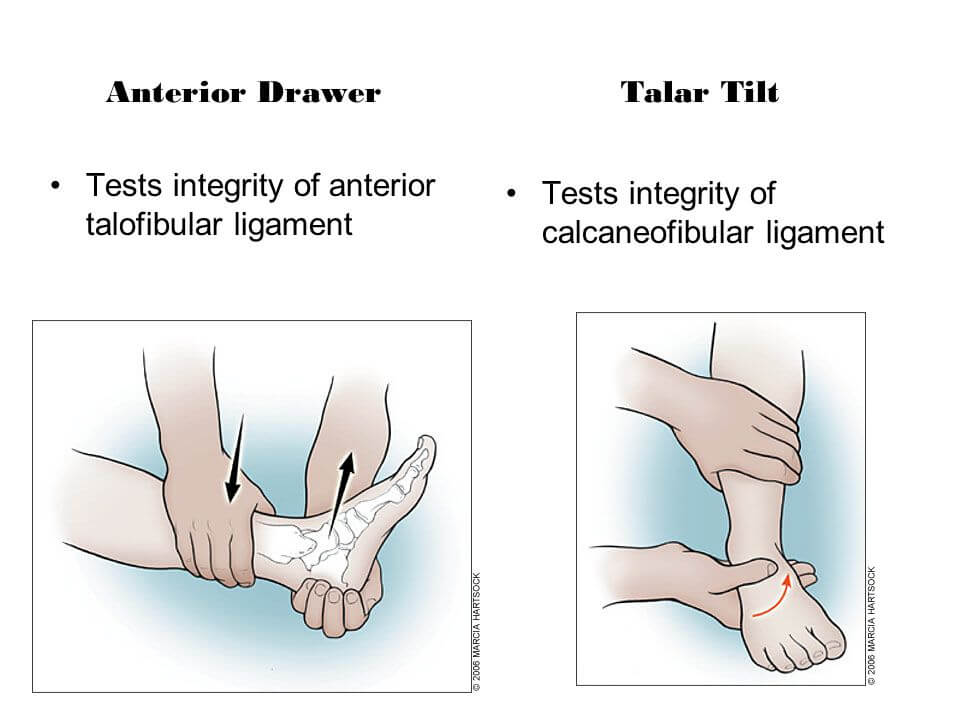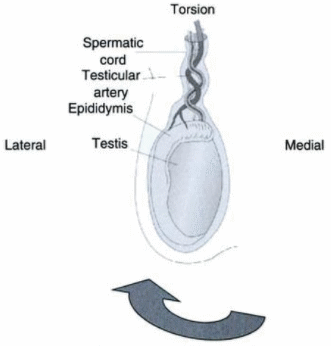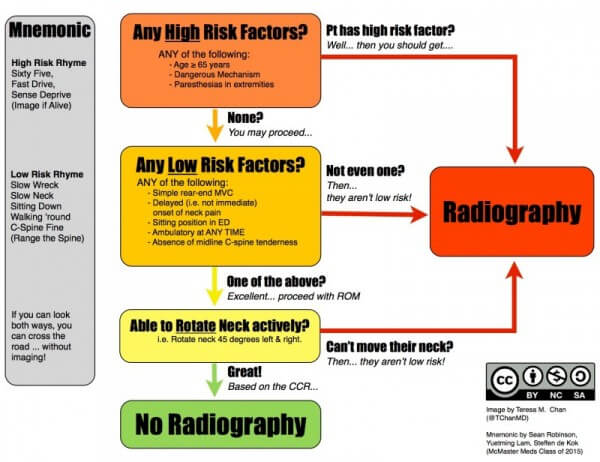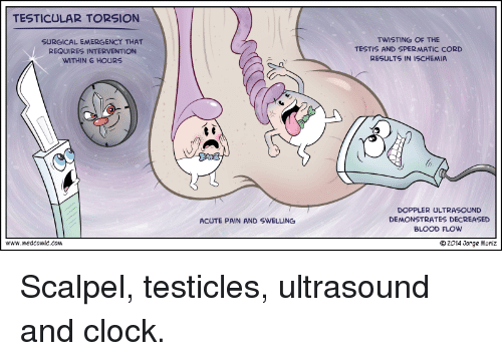Learning Objectives List the differential diagnosis for an acutely painful scrotum. Understand the anatomical basis of testicular torsion. List common presenting signs and symptoms of testicular torsion. Describe both initial and definitive management of testicular torsion. Explain why torsion is an emergent condition and discuss the time for salvage of…
Tag: Emergency medicine

Upper GI Bleed (UGI Bleed) Scoring : Mnemonics
Blatchford Score Blatchford score is recommended by NICE for 1st assessment. Admission risk marker Score component value Blood Urea (mg/dL) 18.2-22.4 2 22.4-28 3 28-70 4 >70 6 Haemoglobin (g/L) for men 12.0-12.9 1 10.0-11.9 3 10.0 6 Haemoglobin (g/L) for women 10.0-11.9 1 10.0 6 Systolic blood pressure (mm…

Tests for Knee Ligaments
Anterior Cruciate Ligament (ACL) Lacchman’s test It is performed with the patient supine and the knee flexed 20–30°. The examiner grasps the distal femur (from lateral side) with one hand and the proximal tibia with the other hand (from medial side). The lower leg is given a brisk forward tug…

Ligament Tests for Ankle Injuries
Anterior Drawer Test Assesses: Anterior talofibular ligament (ATFL) Position: Knee joint in flexion and ankle in 10-15 degrees plantar flexion Maneuver: The examiner exerts a downward force on the tibia while simultaneously attempting to “lift up” the foot while grasping behind the heel. Interpretation: A significant difference from the unaffected…

Ottawa Foot, Ankle and Knee rules – Mnemonic
Ottawa Ankle and Foot Rules Mnemonic: 44-55-66-PM Patients need an X-ray only if: 4: Unable to do 4 steps immediately AND4: Unable to do 4 steps at Emergency Department OR 5: Has pain at the base of 5th metatarsal5: Has pain at the 5caphoid (Navicular) OR 6: Tenderness in 6…

San Francisco Syncope Rule (FED 30 90)
San Francisco Syncope Rule (SFSR) defines high risk criteria for patients with syncope. FED 30 90 Failure (Congestive heart failure) ECG abnormalities Dyspnea (shortness of breath) Hematocrit <30% Systolic blood pressure <90 mmHg (at any time) Presence of any of the above criteria is regarded as positive. Mnemonic: CHESS Congestive…

Manual detorsion of testis in Testicular Torsion
Indications of Manual Detorsion It can serve as a temporizing measure to attempt to reperfuse the testis while the patient is awaiting definite surgical management. Contraindications of Manual Detorsion Manual detorsion is not recommended for torsion of duration >6-8 hours (prolonged ischemia leads to marked swelling and edema after which…

C-spine Clearance
C-spine clearance refers to a clinical decision suggesting the absence of acute bone related, ligamentous and neurologic abnormalities of the cervical spine based on history, physical exam and/or negative radiologic studies. NEXUS criteria for C-spine Clearance NEXUS (National Emergency X-Radiography Utilization Study) is a set of validated criteria used to decide…
